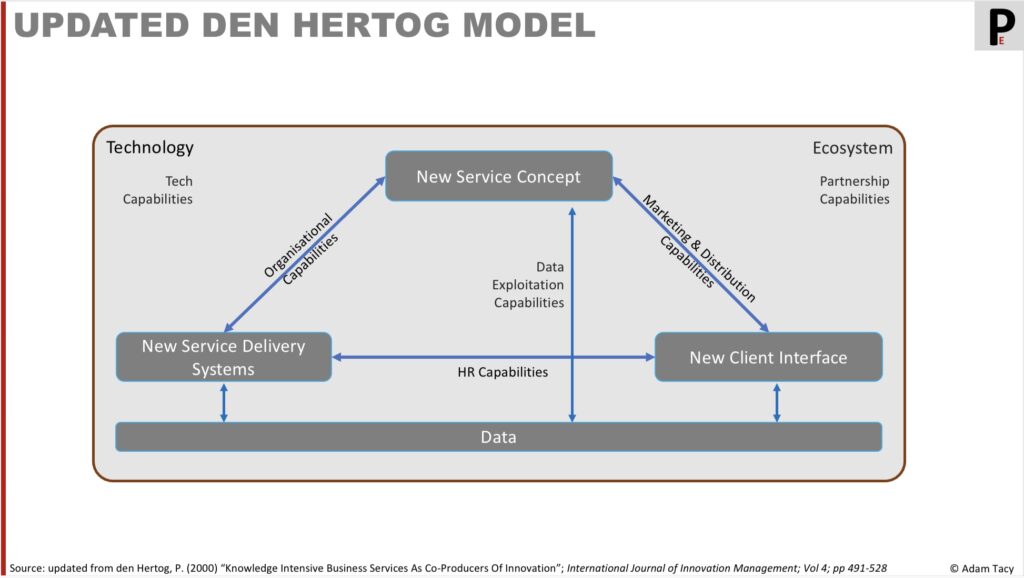What we’re thinking
Employees are the human resources of the helper. As operant resources they act on other resources in an attempt to make progress.
Some employees may be offered in the progress resource mix, such as: nurses, teachers, cleaners, traffic wardens, consultants, sales team and so on.
Typically the capabilities carried by employees leveraged in resource integration progress-making steps are their skills and knowledge. But can also include physical capabilities like strength, or the network the employee has etc.
editing from here
Employees – carriers of capability
Employees are one of two operant resources a progress helper might offer in their progress resource mix. The other being operant systems
Employees, in the mix, are those who work for/represent the progress helper and interact with the progress seeker. They are one of the helper’s operant resources. As such, they possess skills and knowledge that can be applied to other resources in order to make progress.
And service-dominant logic, which underlies the progress economy, informs us that:
Operant resources are the fundamental source of strategic benefit
service-dominant logic premise #
What does this mean for the mix? Simply put, employees are a key component in executing a helper’s strategic benefit. Something we don’t have to look far to find business leaders proclaiming:
Clients do not come first, employees come first. If you take care of employees, they will take care of the clients
Richard Branson
or
We built Starbucks brand first with our people, not with consumers. Because we believed the best way to meet and exceed the expectations of our customers was to hire and train great people, we invested in our employees
Howard Schultz
and
It doesn’t make sense to hire smart people and tell them what to do; we hire smart people so they can tell us what to do
Steve Jobs
Indeed, employees are adaptable, autonomous, and situationally aware. They can react and respond to seekers progress attempts. We know that progress sought may evolve during a progress attempt. Employees are both a helper’s eyes and ears. As well as actors that can react to those evolutions.
And, importantly, employees play an important role in attempting to reverse or reduce any value co-destruction. Consider how customer service handles complaints. Or a social media team minimizing a public relations issue.
Ballantyne and Varey dig a little deeper and identify that knowing, relating, and communicating are the driving skills that operant resources need to have in order to be this source of fundamental benefit.
Naturally, a progress helper has other operant resources that do not interface with a seeker, i.e. not in the mix. These too are fundamental sources of strategic benefit. And include the skills required to identify the proposed series of progress making activities. As well as employees not interacting with seekers. Hunt (2004) identifies additional operant resources such as informational, organizational, and relational resources.
potential employee innovation areas
Innovating the employee element of the mix is mainly about making them stronger operant resources.
We can consider aspects of an updated den Hertog model to see where this could apply to a helper’s “service delivery system”.

Improving the HR and organisational capabilities comes from den Hertog’s original model. And we can add three new capabilities to look at improving. These are: tech, partnership and data exploitation.
Within HR capabilities it’s worth noting that beneficial employee behaviour can be codified into new routines. Those routines, and therefore behaviours, can then be shared across all employees. This is something that Gallouj & Weinstein identify in ”Innovation in Services”. And so process innovation on the set of routines employees are using is an interesting topic.
Employees can be augmented with other elements from the mix. An employee moving an abnormal heavy object, for example, is almost certainly using some specialised device (a lift, a skeletal augmentation system, etc). Or, applying AI/machine learning to augment employee skills. Which leads us into the next element: systems.
Let’s progress together through discussion…